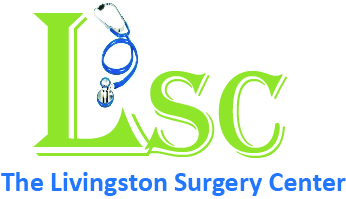Nerve Entrapment Pain
Warning Signs & Symptoms
Pain is the primary indicator of nerve entrapment. Burning sensations, numbness and tingling are also reported. While pain may directly follow an injury to the affected area, it may also appear days or even weeks later without warning. The radiating pain associated with sciatica may also be present.
Risk Factors & Possible Causes
Risk factors include ongoing, repetitive compression by an external force, such as crossing one’s legs against a desk, pressing the edge of a computer keyboard, resting one’s elbows on a table, or sleeping with an arm tucked beneath one’s head.
Certain medical conditions may put one more at risk for nerve entrapment pain, such as diabetes, pregnancy, and ganglion cysts.
Tests to Diagnose Nerve Entrapment Pain
Pain, tingling, numbness and burning are all usually the earliest signs, followed by muscle weakness, and sometimes muscle atrophy the longer the identified nerve is affected. While the presence of the signs and symptoms are typically enough for an initial diagnosis, further testing to eliminate other possible pain culprits (such as tumors, lesions or neuropathy) may be done if pain persists over time.
Treatment Options
Some cases of nerve entrapment pain resolve themselves over time, and with regular changes in the body, such a losing weight and reducing pressure to affected areas, or in cases involving pregnancy, the body will return to its normal balance and healthy weight, also relieving pressure. Doctors may suggest reducing stress to affected area, daily stretches or having wrist or back braces adjusted to redirect and relieve pressure to painful areas.
Pain medication, steroid injections, splints and physical therapy may also be prescribed. If a root condition is identified, such as a spinal disc herniation, carpal tunnel syndrome or a cyst or tumor, surgery may be recommended as the most effective treatment. Should this be the case, doctors will go over these options with patients.
Prevention
There are ways to prevent nerve entrapment pain:
- Try to avoid constricting clothing
- Avoid regularly carrying anything heavy over a particular area of the body (a shoulder bag, or musical instrument, for instance)
- Be mindful of posture and choice of chairs
